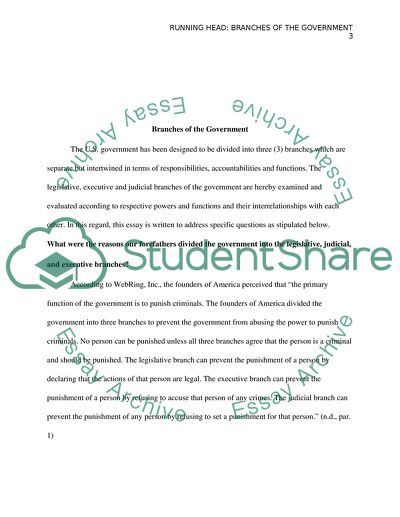Cite this document
(Branches of the Government Term Paper Example | Topics and Well Written Essays - 1750 words, n.d.)
Branches of the Government Term Paper Example | Topics and Well Written Essays - 1750 words. Retrieved from https://studentshare.org/politics/1738639-3-branches-of-the-government-paper
Branches of the Government Term Paper Example | Topics and Well Written Essays - 1750 words. Retrieved from https://studentshare.org/politics/1738639-3-branches-of-the-government-paper
(Branches of the Government Term Paper Example | Topics and Well Written Essays - 1750 Words)
Branches of the Government Term Paper Example | Topics and Well Written Essays - 1750 Words. https://studentshare.org/politics/1738639-3-branches-of-the-government-paper.
Branches of the Government Term Paper Example | Topics and Well Written Essays - 1750 Words. https://studentshare.org/politics/1738639-3-branches-of-the-government-paper.
“Branches of the Government Term Paper Example | Topics and Well Written Essays - 1750 Words”, n.d. https://studentshare.org/politics/1738639-3-branches-of-the-government-paper.


